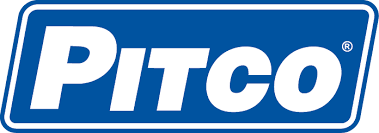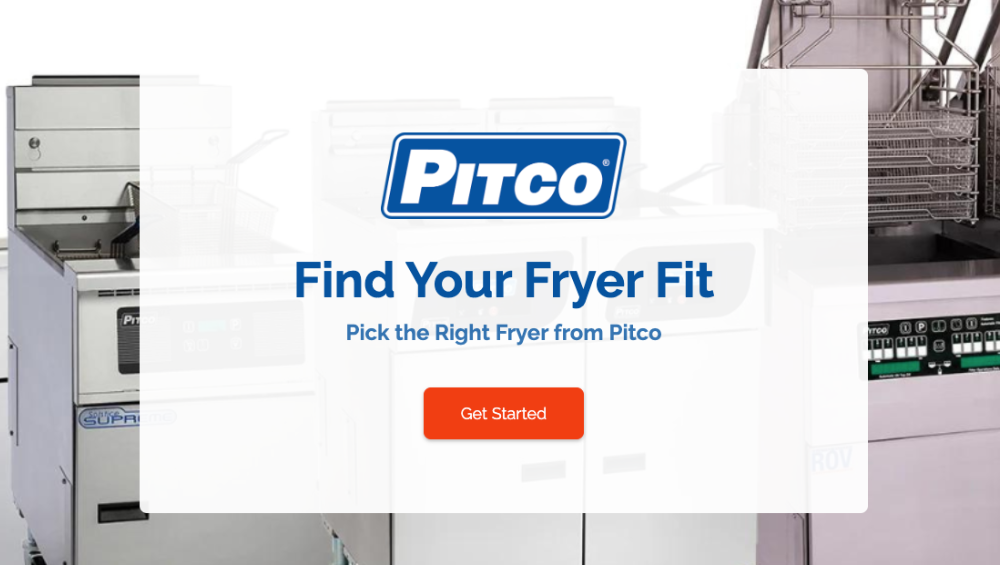What Operators Should Know About Fried Food Coatings and Equipment

Fried food rarely goes out of style. From chicken tenders to onion rings, it’s usually one of the best-selling categories on any menu. But the path from raw product to plate isn’t as simple as dropping something in hot oil. The fried food coating (batter, breading, or a mix of both) decides whether a dish arrives at the table light and crispy or heavy and soggy. That coating also has a bigger impact than many operators realize: it shapes fryer performance, oil life, and ultimately customer satisfaction.
How Coatings Got Here
Fried food coatings didn’t appear overnight. Tempura, developed in Japan, relies on rice flour for its delicate crunch. The American South leaned on cornmeal breading to handle hearty proteins like catfish and chicken. In the Mediterranean, seasoned flour blends layered spice into every bite. Each tradition had a reason—texture, cling, flavor—that matched local ingredients and cooking techniques.
When chain restaurants grew in the twentieth century, these time-intensive traditions had to evolve. Pre-breaded proteins and frozen batters gave kitchens speed and consistency. Commercial mixes made it possible to replicate regional favorites across hundreds of locations. What once demanded hours of prep could now be done in minutes, which changed the scale of frying forever.
Where Coatings Are Headed
Today’s diners want both comfort food and something a little different, and fried food coatings are often the easiest place to innovate. Panko crumbs, once a Japanese specialty, have become a global standard for their airy crunch. Batter mixes are being fortified with herbs, spices, or even cheese powders that can survive a hot fryer without breaking down. Gluten-free blends, once niche, are now routine on menus to avoid excluding customers.
International flavors are also reshaping the fryer basket. Korean-style chicken with its double coating is showing up everywhere, and Indian-inspired chickpea flour batters add both flavor and a natural gluten-free option. Each of these trends gives operators a way to refresh a menu, but each also comes with new demands on the fryer itself.
What Fried Food Coatings Do to Oil and Equipment
The choice of coating doesn’t just change flavor and crunch; it changes the workload for the fryer. Heavy breading breaks apart in the vat, sending crumbs to the bottom where they carbonize and speed up oil breakdown. Batters with sugar or heavy seasoning can darken oil faster, leading to off flavors and shorter oil life.
Lighter coatings like tempura release fewer particles and help oil last longer, but they rely on fryers with quick temperature recovery to keep their delicate crust intact. And frying oil costs add up quickly. In many kitchens, the fryer oil bill can rival food costs, so protecting it is as important as buying the right chicken or potatoes in the first place.

Matching Fryers to the Fried Food Menu
Not every fryer can handle every coating. A high-volume chicken program that utilizes heavy breading requires frequent filtration and vats that are easy to clean; otherwise, users run the risk of increased labor costs or a shorter equipment lifespan due to negligence. A menu leaning toward tempura or panko-coated seafood benefits more from quick recovery times that keep the product light and crisp through the dinner rush.
This is where fryer features make a difference. Built-in filtration pulls debris out before it burns, and fast recovery means the temperature doesn’t crash when the basket hits the oil. Together, these features protect oil, improve consistency, and ensure the end product matches the customer’s expectations.
Finding the Right Commercial Fryer Fit
For operators utilizing different breading styles, choosing the right fryer is about balance. With the Fryer Selector Tool from Pitco, it’s easier than ever to identify fryers that can keep up without wasting oil or labor and that can handle high volumes of frying.
The goal: having every order leaving a commercial kitchen as golden, crisp, and consistent as possible. By using the best fryer for the job, operators can protect margins in a business where every penny counts.
Topics
- Foods & Trends (91)
- Fryers (88)
- Oil (58)
- Fried Food (52)
- Filtration (32)
- See All Topics

